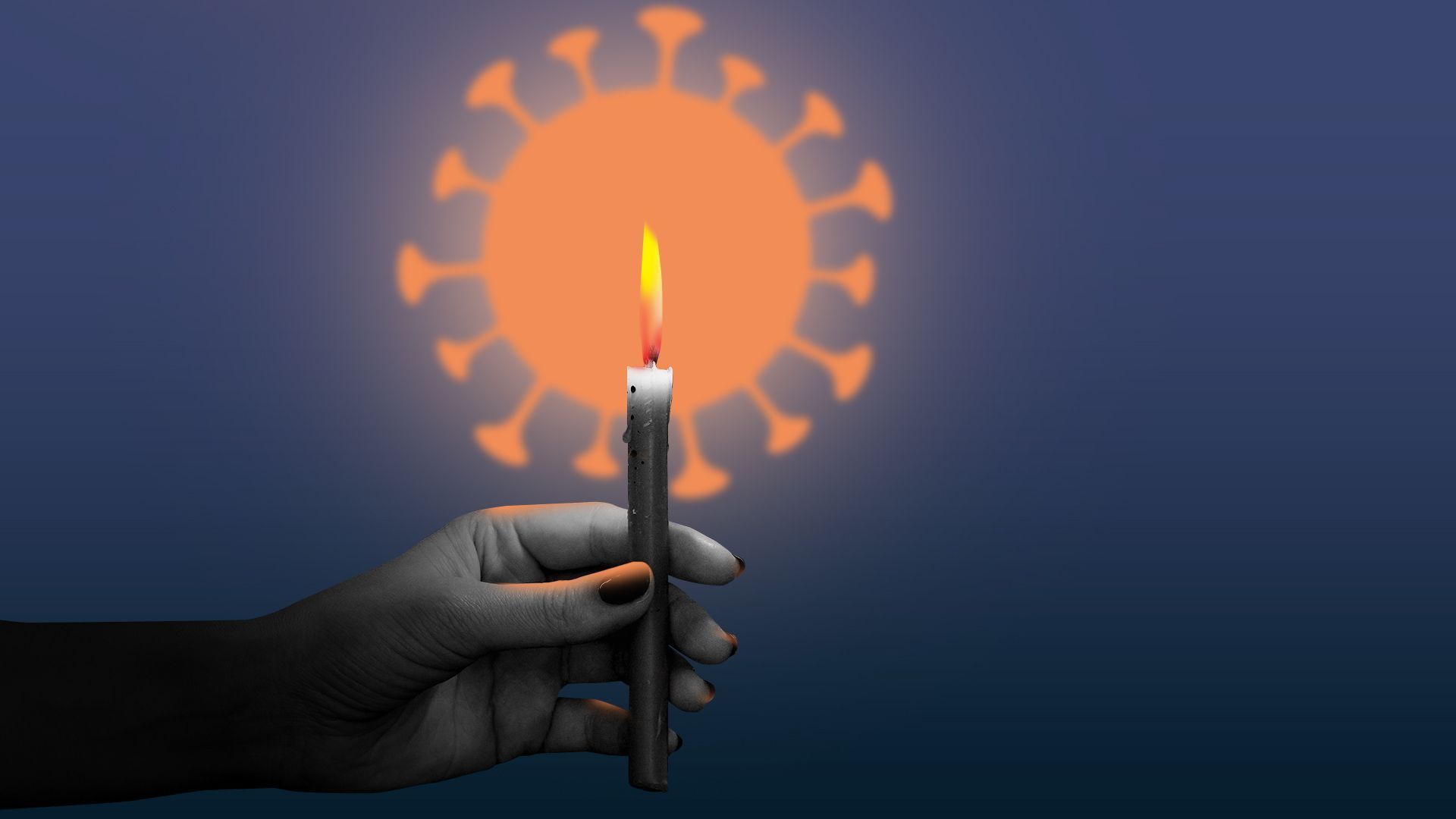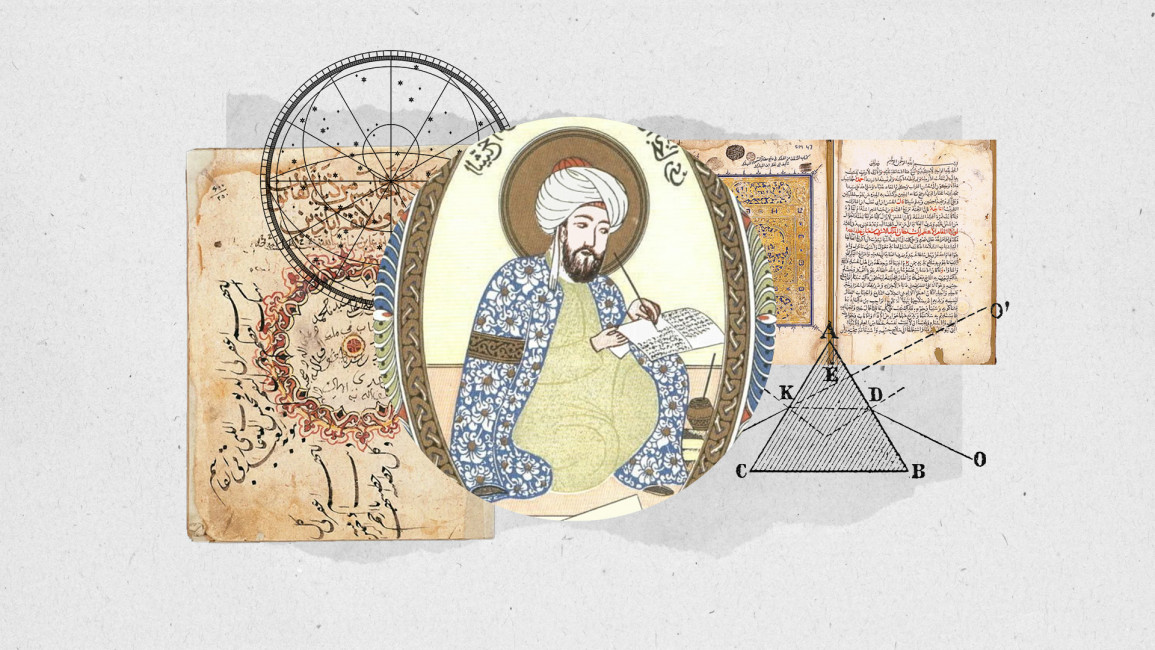USA
COVID's role in increasing maternal mortality rates

Illustration: Aïda Amer/Axios
The U.S. maternal mortality rate increased during the COVID-19 pandemic, disproportionately impacting Black women, with far higher odds of severe complications among pregnant patients with COVID infection at delivery, a new analysis published in JAMA Network Open found.
Why it matters: The United States has the highest maternal mortality rate of developed countries, and the pandemic made it worse — in 2021, 1,205 women died of maternal causes, data from the CDC show, compared to 861 in 2020 and 754 in 2019.
Driving the news: COVID-19 posed a serious risk to patients giving birth.
- The JAMA analysis, led by researchers from the University of Southern California, Los Angeles, found the mortality risk of pregnant patients with COVID-19 at delivery between March 2020 and December 2020 was 14 times higher than those without the virus.
The big picture: Previous studies have found contributors to the high maternal mortality rate during the pandemic have included a lag in COVID-19 vaccination in pregnant people due to concerns over the potential effects of the vaccine that may persist despite studies showing they are safe.
- The CDC estimates that as of April 1, approximately 71% of pregnant people have completed the primary vaccination series (below the vaccination rate for those over the age of 18), and only about 23% of pregnant people have received an updated booster dose.
- "[I]f you have COVID-19 during pregnancy, you are at increased risk of complications that can affect your pregnancy and developing baby," said Scott Pauley, a CDC press officer, adding that the center is urging pregnant people to stay up to date on their vaccinations.
State of play: Risk factors that made someone more susceptible to severe COVID-19 are also risk factors that make a pregnancy higher risk including having higher blood pressure, cholesterol and diabetes.
- This is part of why maternal mortality rates increased in 2021, Rachel Bond, director of women's heart health at CommonSpirit Health, told Axios.
- The pandemic also exacerbated existing social determinants of health, and as a result disproportionately impacted women of color, who were often on the frontlines working "essential" jobs and getting sick.
- "At the core of the maternal mortality crisis is psychosocial stresses," Bond said, adding that both sexual and racial discrimination plays a role.
Why America was uniquely vulnerable to COVID
- Tina Reed, author of Axios Vitals
The pandemic experience varied sharply from state to state, with some of the highest adjusted death rates reported in Arizona, the District of Columbia and New Mexico, according to an analysis published in The Lancet.
Why it matters: It's among the first deep dives to explore the social and economic factors at play during the pandemic in the U.S., and it found a nearly fourfold variation in COVID infection and death rates between states.
What they're saying: "What is clear from our study is that COVID-19 exploited and compounded existing local racial inequities, health disparities, and partisan politics," co-lead author Thomas J. Bollyky, director of the Council on Foreign Relations' Global Health Program in the U.S., said in a statement. The combination of local factors increased the burden of disease and the likelihood of poor outcomes, he said.
By the numbers: States with higher poverty, lower rates of educational attainment, less access to quality health care and lower levels of interpersonal trust saw disproportionately higher rates of COVID infections and deaths.
- When adjusting the data to account for age and comorbidities, Arizona saw the highest COVID death rate (581 deaths per 100,000 people). Washington, D.C., (526 per 100,000) and New Mexico (521 per 100,000) were the second and third worst, respectively.
- On the flip side, Hawaii had the lowest adjusted COVID death rate with 147 COVID deaths per 100,000 people. It was followed by New Hampshire (215 per 100,000) and Maine (218 per 100,000).
The big picture: Previous studies have connected state politics with better or worse COVID outcomes or homed in on racial disparities linked to poorer outcomes.
- But this study offers a more nuanced view of how the combination of factors made certain states more vulnerable than others. For example, the analysis found no association between the political affiliation of the state governor and death rates. But one key predictor of infections and total COVID deaths was the share of people that voted for President Trump in the 2020 presidential election.
- Researchers also considered the benefits of protective measures like mandates against their harms, such as lost employment and drops in test scores.
- "Our study suggests that the policy mandates and protective behaviours adopted in this pandemic were effective in reducing SARS-CoV-2 infections but might have been associated with employment and educational trade-offs," the authors wrote, adding the trade-offs warrant study that could inform future protective measures.
- "The more robust a health system, the better a state performed in the pandemic, but only in states where the public was willing to make use of health care services for vaccination or to get early treatment for their conditions," senior author Joseph Dieleman, an associate professor at the Institute for Health Metrics and Evaluation, said in a statement.
Between the lines: The analysis found states with more mandates, such as those that encouraged mask use, mobility restrictions and vaccination — and kept them longer — experienced lower infection rates.
- But only vaccine coverage had a strong association with the state-by-state variation in COVID death rates, they said.
- "Ultimately our public health policies seem capable of preventing transmission, but other societal factors like poverty, education attainment, and access to high-quality healthcare might have muddled the response and led to death rates being highest in some states that didn't have tremendously high infection rates," Dieleman said in a statement.







